All Formats & Editions
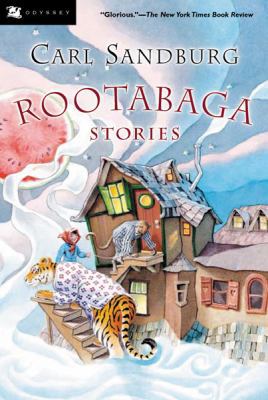
Rootabaga Stories
Welcome to Rootabaga Country--where the railroad tracks go from straight to zigzag, where the pigs wear bibs, and where the Village of Cream Puffs floats in the wind. You'll meet baby balloon pickers, flummywisters, corn fairies, and blue foxes--and if you're not careful, you...
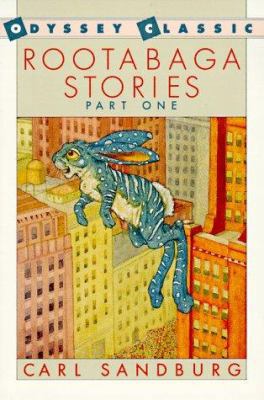
Rootabaga Stories, Part One
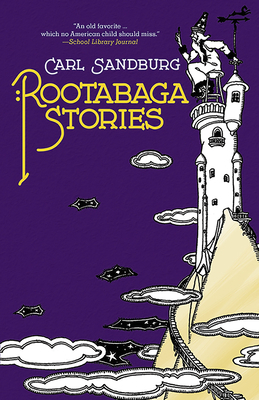
Rootabaga Stories
"Takes the home-bred American fantasy of The Wizard of Oz even further ... An old favorite, which no American child should miss." ― School Library Journal.
"These stories out of the Rootabaga Country... have taken root in American soil -- they are here...

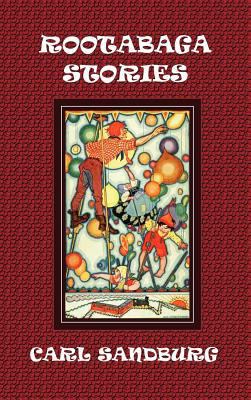
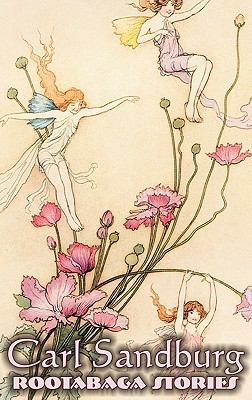
Rootabaga Stories by Carl Sandburg, Fiction, Ac...
The whimsical, sometimes melancholy stories, which often use nonsense language, were originally created for his own daughters. Gimme the Ax decided to let his children name themselves. "The first words they speak as soon as they learn to make words shall be...

Rootabaga Stories (Vintage Children's Books Ser...
Rootabaga Stories, part of the revered Vintage Children's Books Series, is a vibrant anthology that immerses readers in an imaginative tapestry of whimsical narratives blending fantasy and reality. This collection, notable for its playful language and innovative storytelling,...



Rootabaga Stories
Presents Sandburg's fanciful, humorous tales peopled with such characters as the Potato Face Blind Man, the Blue Wind Boy, and many others.

RARE 1923 1ST EDITION CARL SANDBURG CHILDREN'S ...
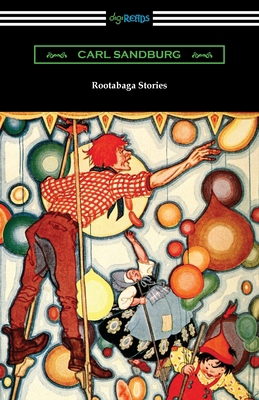

Rootabaga Stories by Carl Sandburg (2011-08-01)


RARE 1922 CARL SANDBURG ROOTABAGA STORIES ILLUS...
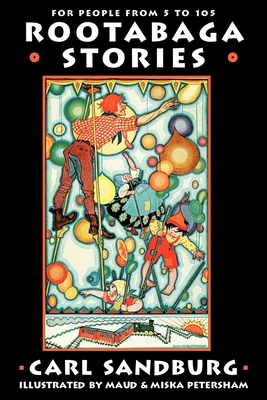
Rootabaga Stories
Originally published in 1922, the Rootabaga Stories was written by one of America's most beloved folk chroniclers, Carl Sandburg. He wrote these stories for "people from 5 to 105." "I knew that American children would respond, so I wrote some nonsense tales with American foolin'...
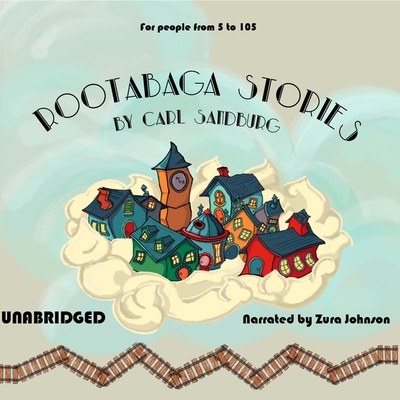
Rootabaga Stories
In the village of Liver-and-Onions, there was a Potato Face Blind Man who used to play an accordion on the corner near the post office. The sometime narrator of these tales, he transports readers and listeners to Rootabaga Country, where the railroad tracks go from straight...
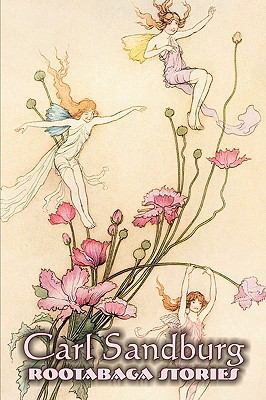
Rootabaga Stories by Carl Sandburg, Fiction, Ac...
Gimme the Ax decided to let his children name themselves. "The first words they speak as soon as they learn to make words shall be their names," he said. "They shall name themselves." When the first boy came to the house of Gimme the Ax, he was named Please...

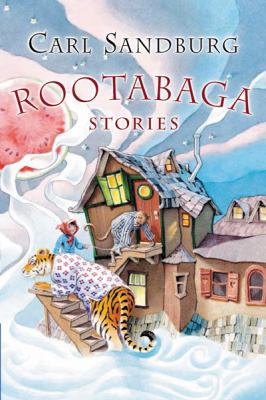
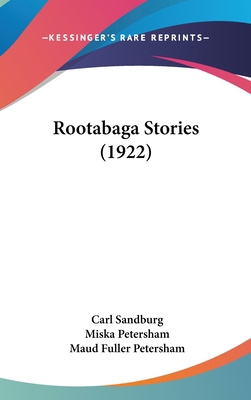
Rootabaga Stories (1922)
This scarce antiquarian book is a facsimile reprint of the original. Due to its age, it may contain imperfections such as marks, notations, marginalia and flawed pages. Because we believe this work is culturally important, we have made it available as part of our commitment for...
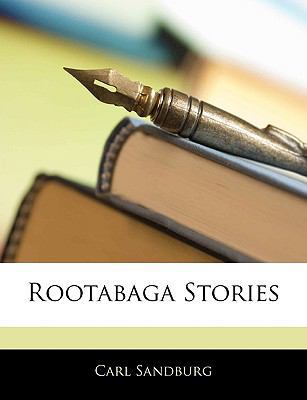
Rootabaga Stories
This is a reproduction of a book published before 1923. This book may have occasional imperfections such as missing or blurred pages, poor pictures, errant marks, etc. that were either part of the original artifact, or were introduced by the scanning process. We believe this...
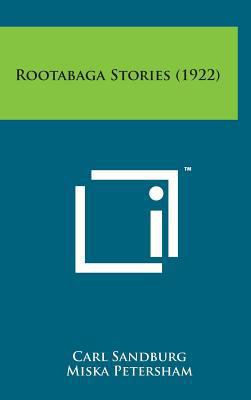
Rootabaga Stories (1922)
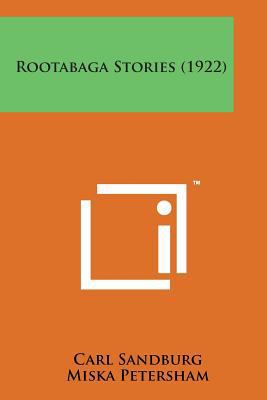
Rootabaga Stories (1922)




